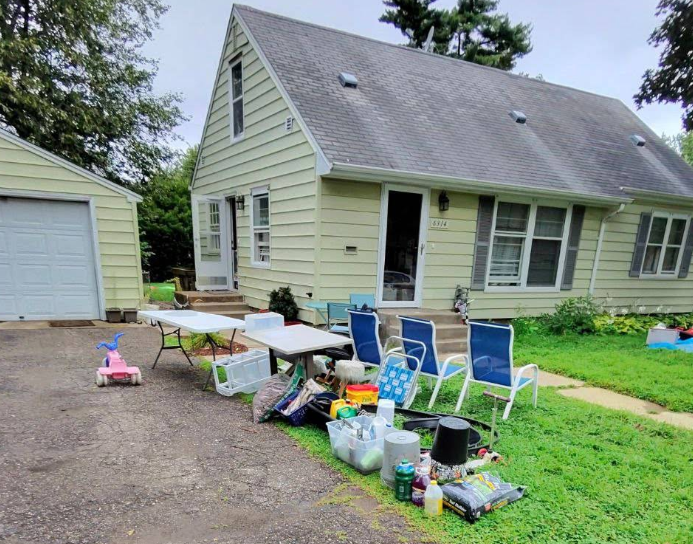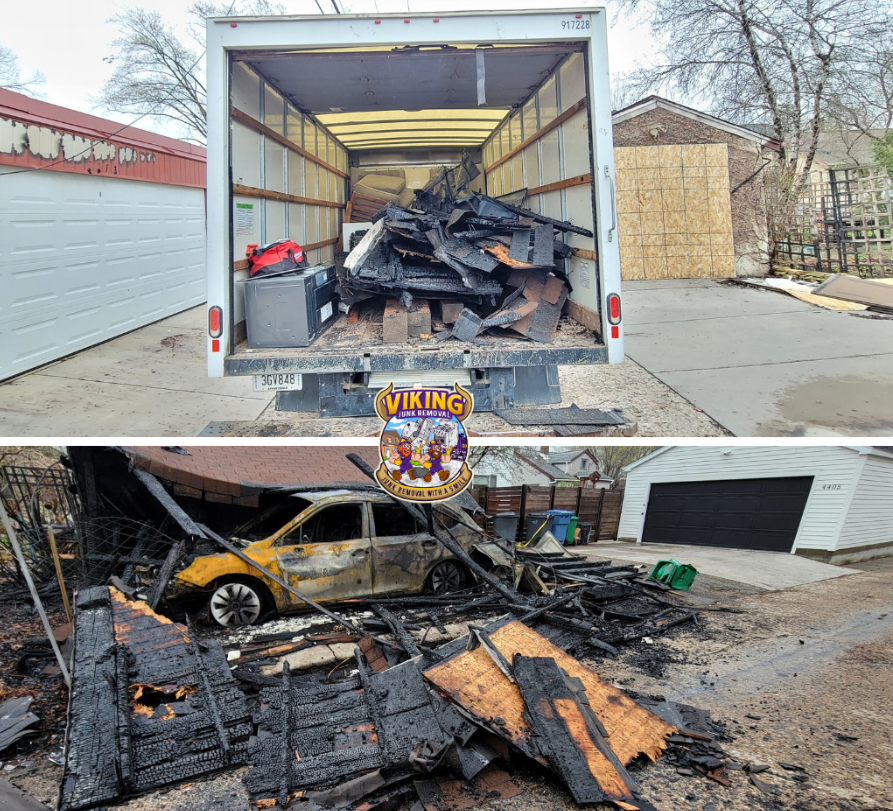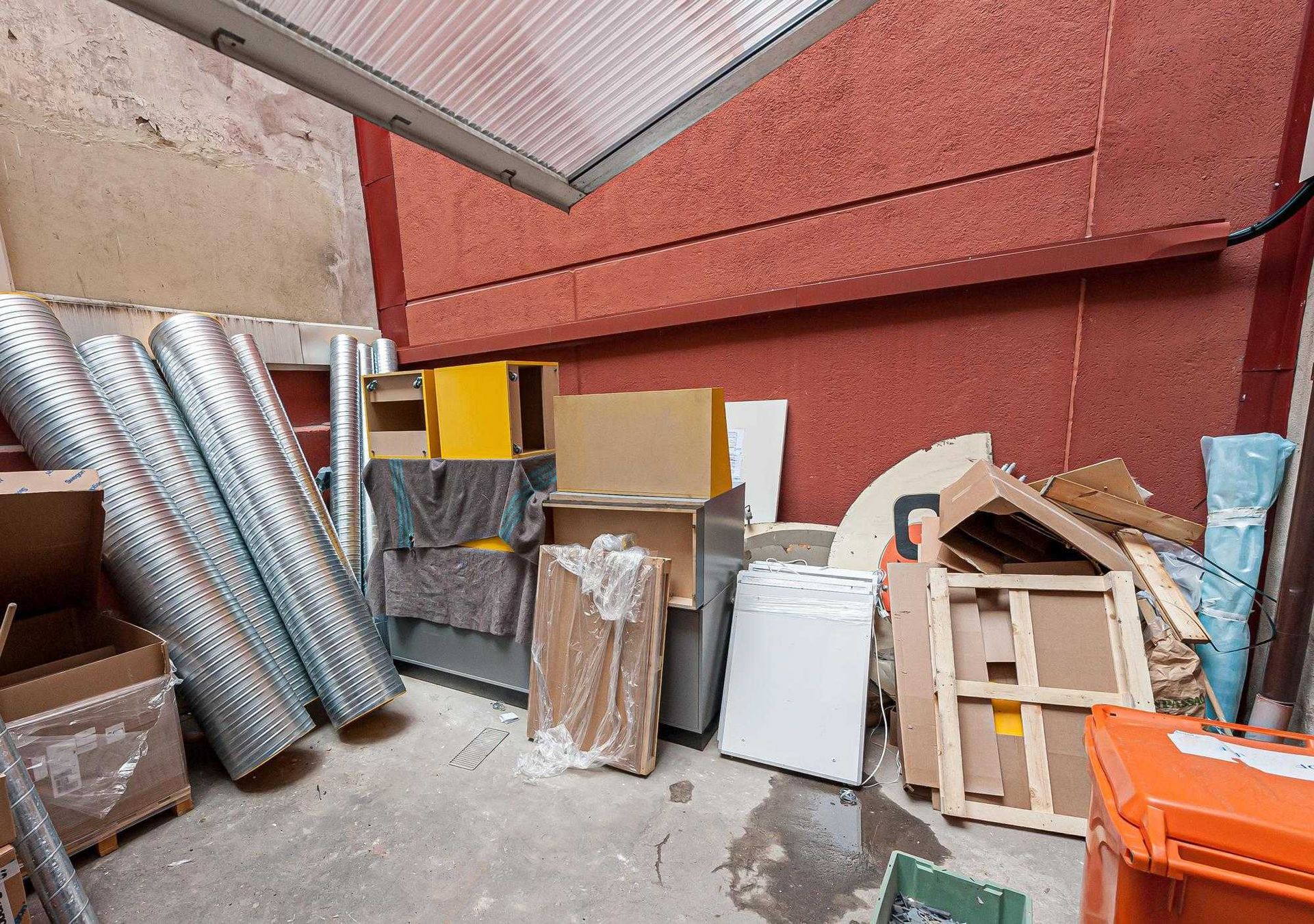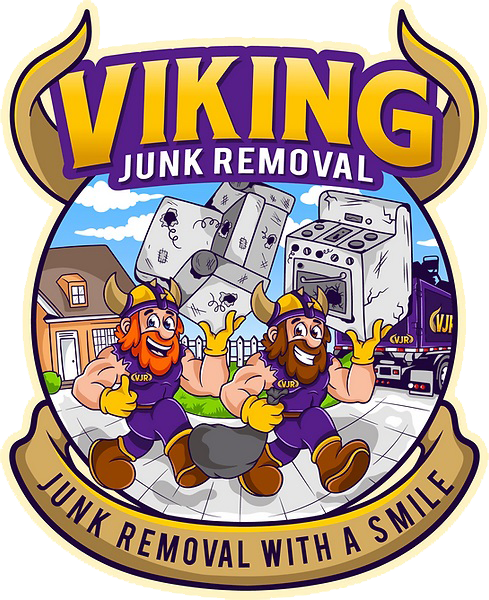Construction Debris Removal: A Step-by-Step Guide
Every construction project, whether grand or modest, leaves behind a trail of debris. Dusty remnants of drywall, twisted wires, shattered tiles, and splintered wood stack up, creating an obstacle between you and your final vision. Managing this chaos requires more than a few garbage bags and good intentions. It demands a deliberate strategy that not only clears the mess but preserves the surrounding environment and keeps your project on schedule.
Sweeping through piles of rubble without a plan is like wandering a labyrinth without a map. Each material must be sorted, hauled, and disposed of properly to ensure nothing illegal or hazardous remains. Professional debris removal transforms disorder into clean, usable spaces, allowing construction efforts to move forward without unnecessary setbacks.
Preparing Your Site for an Efficient Debris Removal Process
Efficiency begins long before the first nail is pulled or board lifted. It starts with preparation—a mental and physical strategy session that outlines how debris will exit the site just as carefully as materials arrive. Visualizing a clean, functional site helps identify access points for hauling, designate zones for different types of waste, and ensure safe movement for workers. Without this forethought, even a well-funded job can become bogged down in chaos.
Prep work includes staging areas for debris collection, labeling bins for recyclables versus landfill items, and ensuring compliance with local codes. It also helps prevent costly missteps like double-handling materials or blocking heavy equipment routes. When you lay the groundwork thoughtfully, the actual removal becomes a seamless part of your project's rhythm—precise, efficient, and free of unnecessary bottlenecks.
Choosing the Right Equipment for Construction Debris Hauling
Think beyond brute strength—construction debris is stubborn, bulky, and often hazardous. Choosing the right equipment is a decision that can save hours of labor, reduce injury risks, and improve overall project efficiency. Wheelbarrows, dollies, commercial-grade bins, hydraulic lifts, and debris chutes are just a few tools that, when chosen wisely, streamline removal efforts from start to finish.
For example, light-duty wheelbarrows might suffice for drywall and insulation scraps, but concrete chunks demand something sturdier—perhaps a skid-steer loader or dump trailer. Safety gear like gloves, masks, and protective eyewear is non-negotiable. When you match equipment to the scale and type of debris you're handling, cleanup becomes not only easier but smarter. It’s the difference between back-breaking work and a well-executed process that supports your team and keeps your timeline on track.
Sorting Materials for Responsible Disposal and Recycling
Construction waste isn’t just garbage—it’s a blend of resources waiting for a second life. Sorting materials such as wood, metal, concrete, and drywall ensures they’re processed appropriately instead of sent en masse to a landfill. This step, though sometimes tedious, is essential for sustainable construction practices and often reduces disposal costs.
By separating recyclables from true waste, you contribute to a circular economy—where materials can be reprocessed and reused in future projects. Concrete can be crushed for road base, metal melted down for manufacturing, and clean wood chipped for landscaping or mulch. With proper sorting, your debris piles become organized inventories ready for redistribution. It also signals to inspectors and regulators that your project prioritizes environmental responsibility. Over time, these practices add credibility, save money, and reduce the carbon footprint of every build.
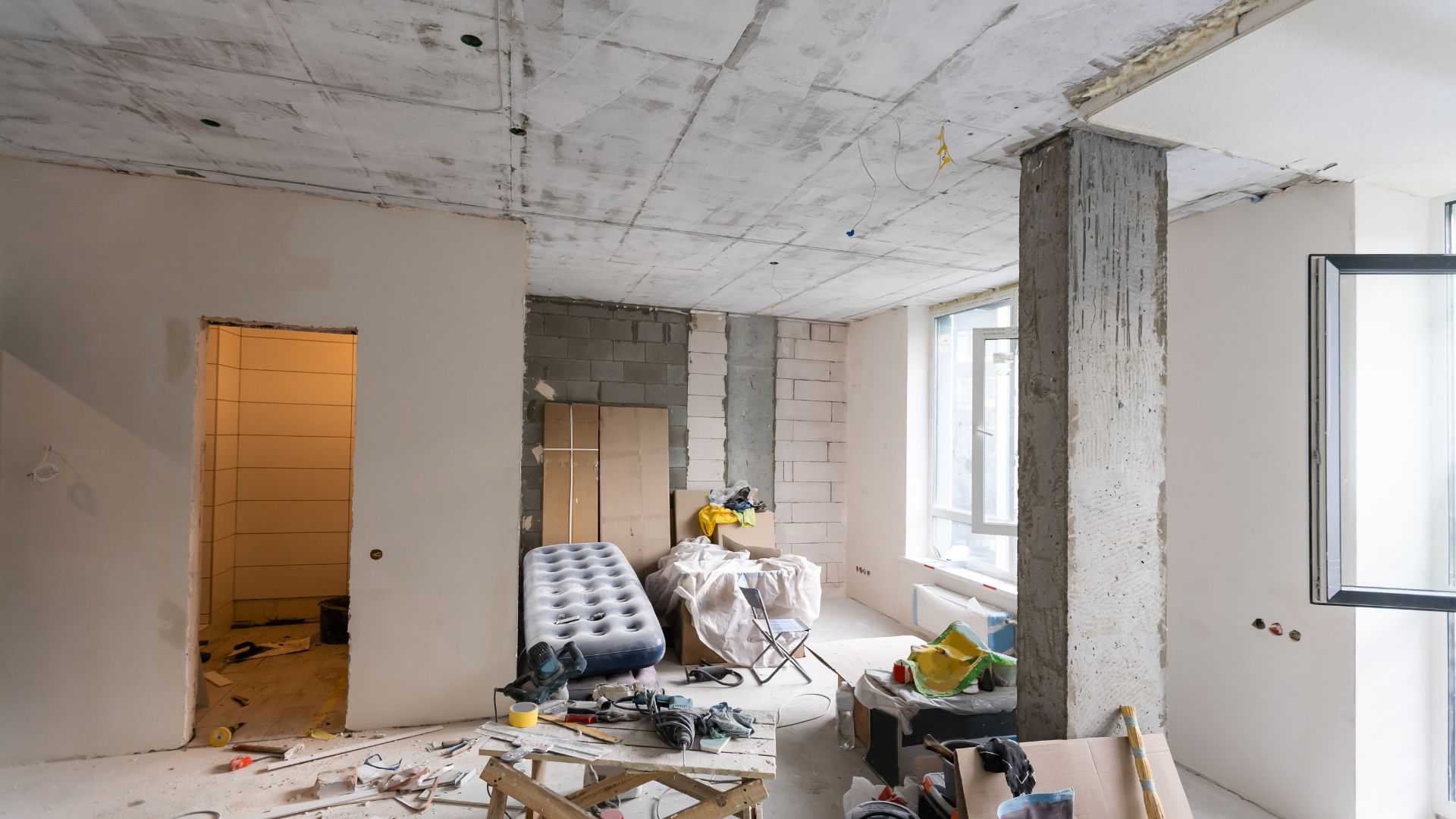
Timing Your Construction Debris Removal for Maximum Efficiency
Timing isn’t just about deadlines in construction—it’s about making sure each phase flows smoothly into the next. Debris removal is no exception. When cleanup is planned with intention, it clears the path for crews to work efficiently and safely.
Phase-Based Cleanup Scheduling
Breaking debris removal into clear phases—post-demolition, mid-construction, and final cleanup—keeps the site manageable and organized. This approach reduces the overwhelming accumulation of waste and allows teams to focus on tasks without navigating obstacles. Each scheduled cleanup keeps the momentum going without halting work for emergency waste control.
Improved Site Safety
Construction debris can quickly become a safety hazard if left unchecked. Regularly timed removal clears walkways, access points, and high-traffic zones. This not only protects workers from trips and falls but also ensures that emergency exits and routes for heavy equipment remain unobstructed throughout the build.
Efficient Resource Use
Delaying debris removal can result in re-handling waste multiple times. By syncing removal with specific construction phases, materials only need to be touched once. This minimizes wasted labor and keeps workers focused on building rather than moving trash from one pile to another repeatedly.
Better Crew Morale and Productivity
Nobody likes working in a cluttered, chaotic environment. A clean, well-timed workspace improves morale and fosters professionalism. Crews move faster, think clearer, and feel safer when the site is orderly—leading to higher productivity and fewer mistakes due to distraction or limited space.
Cost-Effective Waste Management
Last-minute junk hauling often results in rush fees, inefficient labor use, or incorrect disposal methods. A planned cleanup schedule gives you time to rent the right dumpsters, book hauling services early, and even separate recyclables—cutting costs while ensuring compliance with local disposal regulations.
Managing Hazardous Construction Waste Without Risks
Some construction debris carries hidden threats—lead-based paints, asbestos tiles, solvent-soaked rags, and pressure-treated wood can pose serious risks if mishandled. These materials require specialized knowledge, proper labeling, and careful disposal according to state and federal laws. Ignoring these regulations can halt projects, trigger fines, or even create long-term health consequences for your crew.
Handling hazardous materials starts with proper identification. Are those old pipes asbestos-laced? Is that leftover adhesive flammable? Once flagged, hazardous debris should be contained in designated containers, stored away from general waste, and labeled per OSHA or EPA guidelines. Partnering with licensed hazardous waste disposal services adds another layer of protection. It ensures compliance while allowing your crew to focus on their core tasks without endangering themselves or the environment. Responsible handling transforms dangerous waste into a managed, legal process—not a ticking liability.
Streamlining Large Scale Debris Removal for Construction Projects
Big projects generate big messes—and they demand big solutions. A high-rise renovation or expansive development site produces truckloads of debris daily. To manage this scale, you need an industrial-level strategy that incorporates heavy-duty equipment, multiple pickup schedules, and constant site monitoring. Otherwise, your dream build risks getting buried beneath its own waste.
Start by mapping debris flow: identify where waste will accumulate and how it’ll move toward removal zones. Designate staff for ongoing cleanup and establish reliable communication with hauling services for on-time pickups. Roll-off dumpsters, debris chutes, and multi-load dump trucks become essential tools in this logistical ballet. When streamlined properly, large-scale debris removal becomes as coordinated as a supply chain—efficient, continuous, and predictable. This not only maintains site safety and professionalism but also supports uninterrupted progress toward project deadlines.
Navigating Local Laws and Regulations for Debris Disposal
Construction debris isn’t just a matter of tossing things out—it’s a regulated process governed by city codes, state policies, and environmental laws. Failing to comply can lead to fines, project delays, or even job site shutdowns. Each municipality has different rules regarding what can be disposed of, where, how, and in what kind of containers.
Understanding these legal frameworks is crucial. Some areas may require permits for dumpster placement. Others may ban certain materials from landfills altogether, mandating recycling or hazardous waste processing instead. Knowing where to legally dump materials, how to label containers, and when to report your activities saves time and stress. Debris removal becomes not just a physical effort but a legal safeguard for your construction timeline. Professional cleanup teams often bring this knowledge with them, helping you stay above board while getting the job done right.
Calculating the Costs of Construction Debris Removal
Don’t let debris be your budgeting blind spot. Many builders focus on raw materials and labor, only to be blindsided by the costs of removing what's left behind. Debris removal costs can vary widely depending on the volume, material types, required equipment, and distance to disposal or recycling centers. A miscalculation here could jeopardize your entire financial plan.
Start by estimating the types of materials your project will discard and their quantities. Use weight-based and volume-based pricing guidelines from local removal services to get a ballpark figure. Factor in labor costs, permit fees, and potential overage charges for dumpster rentals. Even seasonal demand can drive costs up. Transparent budgeting for debris ensures no surprises down the line and keeps your profit margins intact. It’s not just cleanup—it’s an investment in the smooth, sustainable completion of your project.
Hiring Professional Debris Removal Services for Peace of Mind
Some jobs are simply too big, too messy, or too regulated to handle alone. That’s where professional debris removal services shine. These teams bring more than muscle—they offer knowledge of waste categories, legal disposal methods, safety protocols, and efficient hauling strategies that turn an overwhelming cleanup into a well-oiled process.
Professionals assess the site, bring the right equipment, and sort materials for responsible disposal or recycling. They’re trained to recognize and manage hazardous waste and are often licensed to transport it legally. The result? You save time, reduce liability, and get back to building faster. Hiring experts isn’t a luxury—it’s a smart move that protects your crew, your timeline, and your bottom line.
Conclusion
Construction debris removal isn’t just a final step—it’s an essential part of the build itself. Every stage of construction generates waste, from broken drywall and concrete chunks to packaging, wood scraps, and hazardous materials. If left unmanaged, this debris can slow progress, pose safety risks, and even violate local disposal regulations. That’s why planning for cleanup is just as important as planning for the build.
At
Viking Junk Removal in Minneapolis, we understand the critical role debris removal plays in a successful project. Whether it’s a home renovation,
commercial build, or full-scale demolition, we arrive with the right tools, trained crew, and a commitment to eco-conscious disposal. Call 612-448-9506 or email sales@vikingjunkremovalmn.com today to schedule reliable, professional cleanup you can count on.

